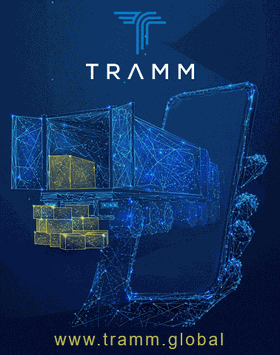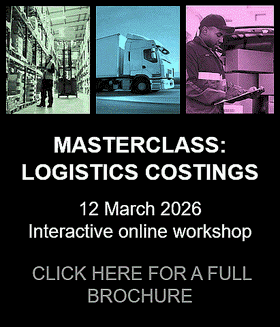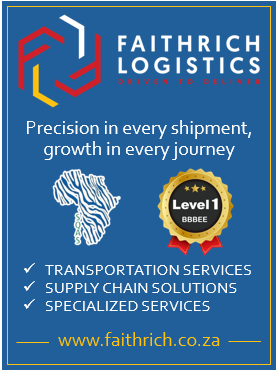I paid for the weights, so where are the muscles, mate?” Applying IT doesn’t guarantee results either without waves of effort. Let’s exercise more…
You’ve done the basics – gym membership, cool outfit, matching wrist and headband, circuits twice a week. That’s like stable implementation of your ‘backend system’, typically enterprise resource planning (ERP) you feel comfortable with.
Everyone’s doing it, but some seem fitter – what are they doing? Probably more than gym visits. Maybe training for a marathon target time. Or cycling with an Argus podium in mind. Or both. They joined a club and run/cycle with others – competition to realise their technique is no longer sufficient. Time for some new tricks.
Again, it’s the same for supply chains. Supply chain is a team sport reliant on collaborative plans and execution in harmony, where targets and focus are needed to win.
Sharing data inside your company is fine – departments talk to each other, but ‘customer-first’ companies help their customer’s customers. The next company down the line (your customer), plus the end customer without whom there would be no demand or supply chain either.
Customer first and service
Mature organisations know integration exists at both ends – procurement to supplier and selling to customer. Sure, rely on a forecast, but what if your customer’s forecast missed real market signals? Work together creating the most accurate forecast you can – link up end consumer demand, don’t just repeat last year’s sales with 5 percent on top.
Service levels require best information, best forecasts. Uncertainty in supply and demand means more stock is kept buffering this, so reduce uncertainty. Share plans with key customers – give them access to your system to see what stock you have and when you plan replenishment. Make customers stock products specific to them; you keep buffers of products you sell to many customers – help optimise the supply chain stock mix and location. Optimise inventory.
Beware the last guy in the chain doesn’t price up to forsake all your cost savings – markets lead consumer pricing, not naive suppliers.
Procurement
Procurement IT advances include collaborative planning like the customer end. To win your race here, you should be looking at some of the following:
- Differentiate between strategic sourcing and operation procurement.
- Strategic sourcing involves analysing where/who you spend with. Identify the percent of spend they command – check supplier group-companies and your group structure. Spend can be a broad network of group companies selling to yours. Rank them, contract them, price and deliver better with them.
- Sourcing uses request for quotation (RFQ) to keep suppliers Do your suppliers do quality checking rather than you? Try trust, but support with stats. Sourcing is about selecting, negotiation price and conditions.
- Operational procurement is about plans, order quantities, meeting pack sizes (less damage), collaborating on changes to plan and near-horizon deliveries so both are effective, avoiding waste. Think catalogues and shopping cart IT here.
Manufacturing
Industry 4.0 – utilise advanced technology to increase operational efficiency/visibility and shorten production lead times while reducing costs and delivering greatly improved customer service. But COVID-19 pushed leading companies from the Industry 4.0 Train to the 5.0 Express, where man and machine are connected – collaboration between real people and smart machines
IoT, in the front carriage, gathers real-time data from a range of devices across supply chains, covering production counts, quality, safety, product and process innovation and more.
ERP has become a must for manufacturers – the basis on which to streamline processes through automation and provide accurate real-time information, reducing costs. But now, ERP is enhanced with agile applications like manufacturing operations management (MOM), predictive maintenance/scheduling, e-commerce apps... rather than trying to make ERP do it all.
5.0 spikes interest in human-centred AI, which will grow as remote work continues and social distancing remains. Artificial intelligence will be the standard for addressing these challenges, but it will fail if companies don’t consider how humans interact with and leverage these new technologies.
So, are you running a marathon or a company sports day?



